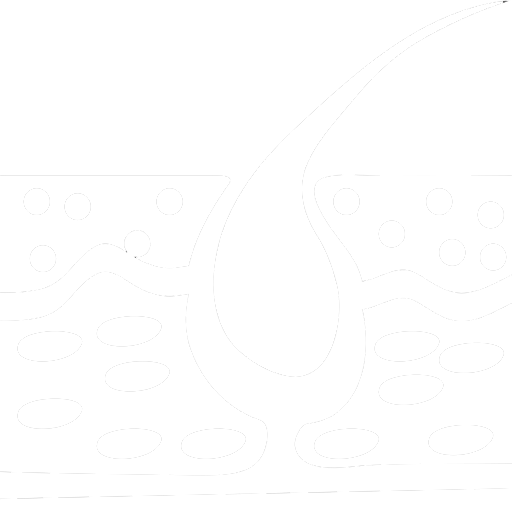Services we provide
Our Services
We know everything about your hair. We offer a wide range of hair therapies which includes but not limits to the below:

FUE Hair Transplant!
Hair Transplantation processes have evolved tremendously from that in the past. One fine example of this is the FUE hair transplant. FUE stands for Follicular Unit Extraction and is one of the prime methods used for hair loss treatment. This method concentrates on Follicular grafts which are a group of 1-4 naturally growing hairs.
FUE has come over with some of the limitations associated with the traditional hair transplant techniques. With the technical advancement, it is now possible to extract thousands of follicles in one go. It has a speedy rate of delivery if performed with expert hands and master supervision.
The best part of this transplantation is that your own hairs are extracted and implanted on your scalp. Also, the donor area shows a speedy recovery and comes back to pre-treatment stage within 8-9 days.
How Does FUE Hair Transplant Works?
“ FUE is a process that is unit extraction oriented. Hence, the process involves various minute steps. The whole process has two phases.”
- Extraction Phase: The grafts are extracted from the donor's scalp as individual units. This is a two to three steps process.
- Implantation Phase: Surgical implantation of the units into the bald area.
Extraction of Follicles
“ The extraction process is the most critical as it needs to be performed on micro units. It requires expert supervision. The step involves anesthesia exposure and making incisions. These incisions separate the follicular unit (with a small amount of skin) from the scalp.”
Follicles
“ Hairs grow in a group of follicular units. The units may be 2-4 follicles and are implanted the same way to get better natural looking hair growth. The follicles unit has a decreasing measure on the bottom hence the experts need to use micro tools for the extraction. This in result does not leave scars on the scalp.”
Implatation of Follicles
“ The grafts/ follicular units are evenly implanted on the bald/ thinning site. In one day transplant the experts are able to extract and 4000 grafts and implant them. The implant phase is simple and similar to the other transplant processes. Here the extracted units are implanted on the bald site with simple surgical procedures.”

Facial Hair Transplant
Hair loss doesn't occur only in your scalp but it also affects your facial hair growth. With many reasons (medical/ genetic/ others) behind it, Facial hair loss has become a common problem mow days. Thanks to the medical science that we have a method to restore your looks.
Facial Hair transplant is a boon for those who have lost the hairs of their facial regions like Beard, Moustache & Eyebrow/eyelash due to any reason. It involves extracting the hairs from the scalp and like the hair transplanting method for the head, implanting them on the bald site of your face.
The method looks for the closest match to your hair type. Typically the hair follicles are extracted from the sides of the scalp as they are thinner and soft; an exact match to your facial hair. The implantation is done using microscopic grafts to ensure that you get negligible scarring. With a small recovery
period of 5-6 days, this therapy has become very popular in the facial hair suffering patients.

PRP Therapy
PRP is an abbreviation used for Platelet-rich plasma. As the name says it is the blood plasma that is rich in platelets. This plasma is rich in various growth factors and some other cytokines which stimulate the healing of soft tissues in our body.
First developed in the year 1970, this treatment therapy is now widely being used excellently for Hair loss treatments. PRP Therapy for Hair loss has shown tremendous success in a very short time by delivering effective and natural results.
Prp Therapy has two phases
- Initial Phase: This is where the treatment starts and usually is bifurcated in 4 stages. Each stage has to be performed with a gap on minimum 1-4 weeks apart.
- Maintenance Phase: It is the re-treatment stage that needs to be performed after 1-3 months.
How Does PRP Work for Hair Loss?
This is a medical process that involves two steps
Preparing PRP
Our blood is composed of Red blood cells, White blood cells, Platelets & Plasma. PRP is made from your blood supply. A little amount of blood is collected from the patient body and then placed in a centrifuge. Here the platelets and plasma separates from the Red Blood cells and white blood cells. The liquid prepared is now mix of plasma and platelet and called as PRP (Platelet Rich Plasma). Because of the two factors this liquid is rich in nutrients (plasma) & has a repair damage power (Platelet).
Injecting PRP
A minor injury is done to the scalp which activates the plasma and the nutrients to work for damage repair. Now with the help of a micro needle the PRP is injected to the affected area. The extra nutrients and the platelet present in the plasma hence act as a catalyst for the growth of the damaged hair follicles.

Laser Hair Removal
Laser hair removal is one of the most commonly done cosmetic procedures. It beams highly concentrated light into hair follicles. Pigment in the follicles absorb the light, that destroys the hair.
Benefits of Laser Hair Removal
Lasers are useful for removing unwanted hair from the face, leg, chin, back, arm, underarm, bikini line, and other areas.
Benefits of laser hair removal include:
Precision: Lasers can selectively target dark, coarse hairs while leaving the surrounding skin undamaged.
Speed: Each pulse of the laser takes a fraction of a second and can treat many hairs at the same time.
The laser can treat an area approximately the size of a quarter every second. Small areas such as the upper lip can be treated in less than a minute, and large areas, such as the back or legs, may take up to an hour.
Predictability: Most patients have permanent hair loss after an average of three to seven sessions.

Hair Bonding
Hair Bonding is a popular temporary weaving method and a great way to add volume to your natural hair. Hair Bonding, the non-surgical hair replacement procedure allows you to achieve a head full of hair that looks natural, stylish and does not restrict your lifestyle. We have a special system for analyzing your hair and scalp and formulating a treatment plan for the end result that would suit your expectations in terms of age and style. Hence, you are able to achieve the desired look and get an uncompromised result.
Why Hair Bonding?
Hair Bonding is done to restore your hair to normal levels to match your lifestyle so that you enjoy natural-looking results and do not have to effect a change in your routine. This non-surgical hair
replacement or restoration procedure will give you a head full of hair, and allow you to carry on your routine hair activities like haircut, colouring and styling for the desired look.

Hair Loss Treatement
Hair loss also known as alopecia is a common problem in men, women and children. The signs and symptoms of this condition vary and includes dandruff, scarring, circular patterns, skin lesions, etc. The male baldness or thinning usually occurs at the crown and the temples whereas in females the target area is frontal and parietal.
There are many things that cause baldness. The typical baldness in men is the male pattern baldness (MPB).This has its roots in the genes. The other reasons of baldness in men and women are Infection, Drugs, Pregnancy, Shock or trauma, etc. However, localized hair loss can be caused due to a medical condition such as tumor or skin outgrowth. Also, an unhealthy scalp condition may cause a significant hair loss both in men and women.
Prp Therapy for Hair Loss Treatment
PRP is an abbreviation used for Platelet-rich plasma. As the name says it is the blood plasma that is rich in platelets. This plasma is rich in various growth factors and some other cytokines which stimulate the healing of soft tissues in our body.
Prp Therapy has two phases
- Initial Phase: This is where the treatment starts and usually is bifurcated in 4 stages. Each stage has to be performed with a gap on minimum 1-4 weeks apart.
- Maintenance Phase: It is the re-treatment stage that needs to be performed after 1-3 months.






